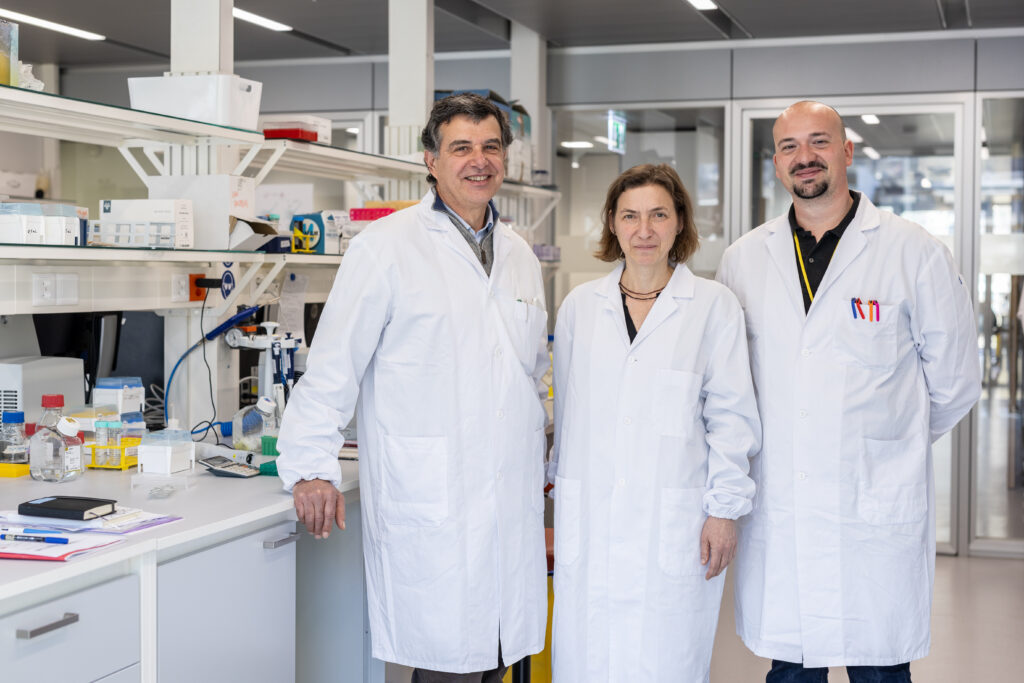AGING-ASSOCIATED DISORDERS
Abnormal protein conformation, deposition and proteotoxicity are common traits of progressive degenerative disorders of the brain. The protein Tau is involved in the development of several of these disorders. A relatively small group of inherited frontotemporal lobar degenerations (FTLD-Tau) is an example of primary tauopathy, whereas Alzheimer’s disease is a frequent secondary tauopathy. Tauopathies are characterized by the brain deposition of hyperphosphorylated Tau in polymeric fibrils forming neurofibrillary tangles and neuropil threads. Notably, disease progression is explained by the propagation of pathological forms of Tau between brain cells. We found an unexpected role of lysosomes in this process and we are now studying how aging and rare inherited mutations may affect lysosomal functions and contribute to disease progression.
How abnormal protein modification and deposition of Tau causes neuronal dysfunction and cognitive decline is not fully understood. It is commonly accepted that in disease Tau may undergo a gain-of-toxic-function by yet to be identified molecular mechanisms. In our research, we asked whether a loss-of function caused by depletion of normal Tau may also contribute to disease. Indeed, we observed that genetic depletion of Tau in cells profoundly affects stress-induced apoptotic cell death and cellular senescence, both hallmarks of aging-linked disorders. Mechanistically, we were able to explain this Tau-dependent phenotype by the ability of Tau to bind the E3 ubiquitin ligase MDM2 and subsequently modulate the p53/MDM2 axis and the epigenetic regulation of gene expression. In support of this, a large bioinformatic analysis highlighting highlighted a critical role of Tau in several cancer hallmarks.











